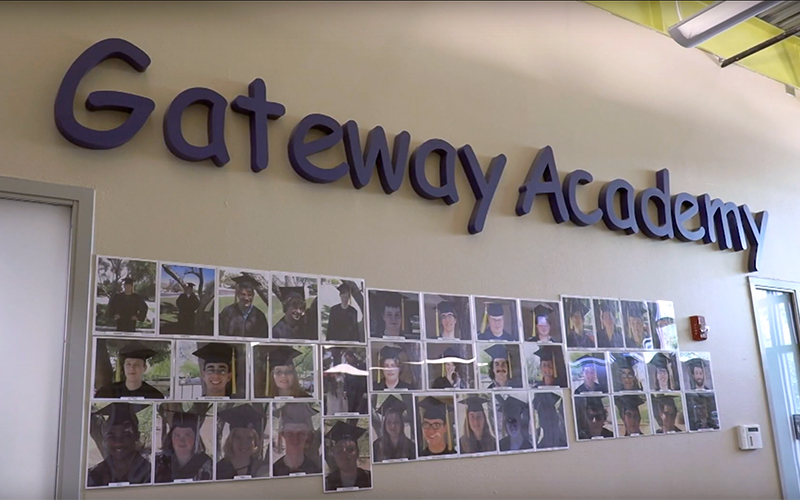
Experts recommend the M-CHAT-R test, which is taken by the parents of children 16 to 30 months of age, to detect autism or other communication and behavioral disorders. (Photo courtesy of Arizona Autism Charter School)
PHOENIX – Hispanic children are diagnosed with autism less often than white non-Hispanic children, in part because of language barriers, cultural differences and lack of awareness in the Latino community, according to experts in behavioral health.
The Centers for Disease Control and Prevention said autism is 1.6 times less likely to be diagnosed among Hispanic children compared with their white counterparts, and 1.9 times less likely than black kids.
The Revised Modified Checklist for Autism in Toddlers, known as M-CHAT-R, asks parents a series of 20 questions about their child’s behavior and is recommended for ages 16 months to 30 months. The test is administered in either Spanish or English. The results will determine the need for a future evaluation, and parents can use the checklist to discuss any concerns with a child’s health care provider.
Lourdes Lerma of Phoenix said her daughter, Naiara, was misdiagnosed with mild mental retardation rather than autism when she was 4.
“Unfortunately, there is a lot of miseducation in the community,” she said. “We see somebody who doesn’t react or act like normal people and we don’t pay attention to them, or we exclude them from our groups.”
Three decades ago, Lerma didn’t question Naiara’s diagnosis, but she noticed her daughter differed from many of the other children in her special education classes. Naiara was 10 before she was reassessed and given the proper diagnosis of autism.
Beatriz Orr, clinical manager and Hispanic outreach coordinator of Southwest Autism Research & Resource Center, primarily attributes the lower diagnosis rate to cultural barriers and lack of resources.
“As a culture, we are a little more accepting of the challenges that our kids at a very young age might display,” Orr said, referring to Hispanics.
Orr said Hispanic children also are likely to attend preschool later than children of other ethnicities, which means they have later exposure to teachers, who often are the first to suspect a child has an autism spectrum disorder.
She emphasized the importance of supporting autism understanding and treatment.
“Autism is a little bit of a different disability because there is a little hope,” Orr said. “If a child or individual has a diagnosis of autism, we now have the tools and the treatment to help them make progress and be able to participate in society like any of us.”
Federal resources are becoming more available as diagnosis techniques have improved. The CDC says diagnoses of autism increased 15% from 2016 to 2018, and the disorder now affects 1 in 59 children in the U.S.
Naiara Lerma, who’s in her early 30s, still faces many daily challenges, despite the additional resources available to her, and Lerma said she makes an extra effort to help Naiara socialize and feel comfortable around other people.


